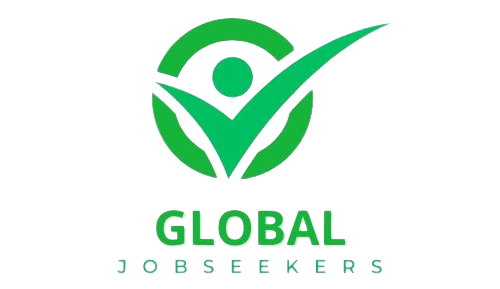How to Handle Salary Negotiations with Diplomacy
Salary negotiations can be a delicate process, requiring both assertiveness and tact. Handling these discussions with diplomacy helps ensure a positive outcome while maintaining a good relationship with your employer. Here’s how to approach salary negotiations diplomatically: 1. Prepare Thoroughly Research Industry Standards: Gather data on typical salaries for your role, industry, and geographic location. Use resources like salary surveys, job boards, and industry reports to understand what’s reasonable and competitive. Know Your Value: Assess your skills, experience, and accomplishments. Be ready to articulate how your qualifications justify your salary expectations, highlighting specific achievements and contributions. 2. Choose the Right Timing Wait for the Right Moment: Ideally, initiate salary discussions after receiving a job offer or during a performance review. Timing your request strategically can make it more effective and appropriate. Consider Company Context: Be aware of the company’s financial health and industry conditions. Negotiating during a period of growth or after a major project can be advantageous. 3. Frame Your Request Professionally Express Appreciation: Start the conversation by expressing gratitude for the job offer or the opportunity to discuss your compensation. This sets a positive tone and shows that you value the offer. Be Specific and Clear: Clearly state your salary expectations or desired range. Provide a well-reasoned justification based on your research and personal value. 4. Use Positive Language Focus on Mutual Benefits: Frame your negotiation in terms of how your requested salary benefits both you and the company. Emphasize your commitment to contributing positively to the organization. Avoid Ultimatums: Instead of making demands, use language that reflects collaboration and negotiation, such as “I would appreciate it if we could discuss adjusting the offer to align more closely with my expectations.” 5. Be Ready to Compromise Consider the Entire Package: Be open to negotiating other aspects of the compensation package, such as bonuses, benefits, or flexible work arrangements. Sometimes, non-monetary perks can be just as valuable. Be Flexible: If the initial offer cannot be increased, ask about the possibility of a future salary review or performance-based raises. This demonstrates your willingness to work within the company’s constraints. 6. Listen and Respond Thoughtfully Listen Actively: Pay attention to the employer’s responses and concerns. Understanding their perspective can help you address any objections and find a mutually agreeable solution. Respond with Professionalism: If faced with counterarguments, respond calmly and professionally. Provide additional information or alternative solutions as needed, maintaining a cooperative attitude. 7. Practice Negotiation Skills Role-Play Scenarios: Practice your negotiation conversation with a friend or mentor. Role-playing can help you refine your approach and build confidence. Stay Calm and Composed: Maintain a positive and composed demeanor throughout the negotiation. Avoid showing frustration or impatience, as this can impact the outcome. 8. Know When to Conclude Recognize When You’ve Reached a Limit: If the employer has made their best offer and cannot meet your expectations, evaluate whether the offer still aligns with your career goals and needs. Make a Decision: Once you’ve reached a satisfactory agreement or decided to accept the offer as it stands, confirm your acceptance formally. If you decide to decline, do so graciously and professionally. 9. Follow Up in Writing Confirm Agreements: After reaching an agreement, follow up with a written confirmation of the revised offer or terms. This ensures that both parties are clear on the details and reduces the risk of misunderstandings. Conclusion Handling salary negotiations with diplomacy involves careful preparation, clear communication, and a collaborative approach. By researching industry standards, framing your request professionally, and being open to compromise, you can navigate these discussions effectively while maintaining a positive relationship with your employer. Approach the negotiation process with a balanced perspective and a focus on mutual benefit, and you’ll enhance your chances of reaching a favorable outcome.
How to Handle Salary Negotiations with Diplomacy Read More »










